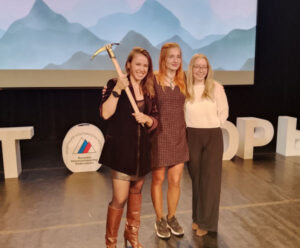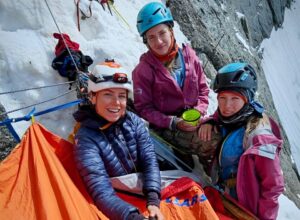In order to improve safety on 7,134m Pik Lenin in the Pamirs, a new project launches this year.
The Slava Topol Project aims to set up a mountain rescue and medical program for the Pik Lenin area, according to UK Climbing. This joint British–American–Kyrgyz partnership is led by American ski patroller and rescue expert Dave Wade and British academic and mountaineer Stephen Taylor.
The initiative is named after the late, much-beloved guide Vyacheslav Sheiko, better known as Slava Topol, who died with his client on Lenin Peak two years ago. The two succumbed to carbon monoxide poisoning while using their stove in the tent. Topol had climbed Pik Lenin 26 times and enjoyed legendary status.

Transferring a casualty to a plastic rescue sled. Photo: Dave Wade
Wade will develop the rescue side with Kyrgyz colleagues, while Taylor will collaborate with Jeremy Windsor of the British Mountain Medicine Society. They will both work with the recently established Kyrgyz organization, Rescue in the Mountains, headed up by Vladimir Komissarov.
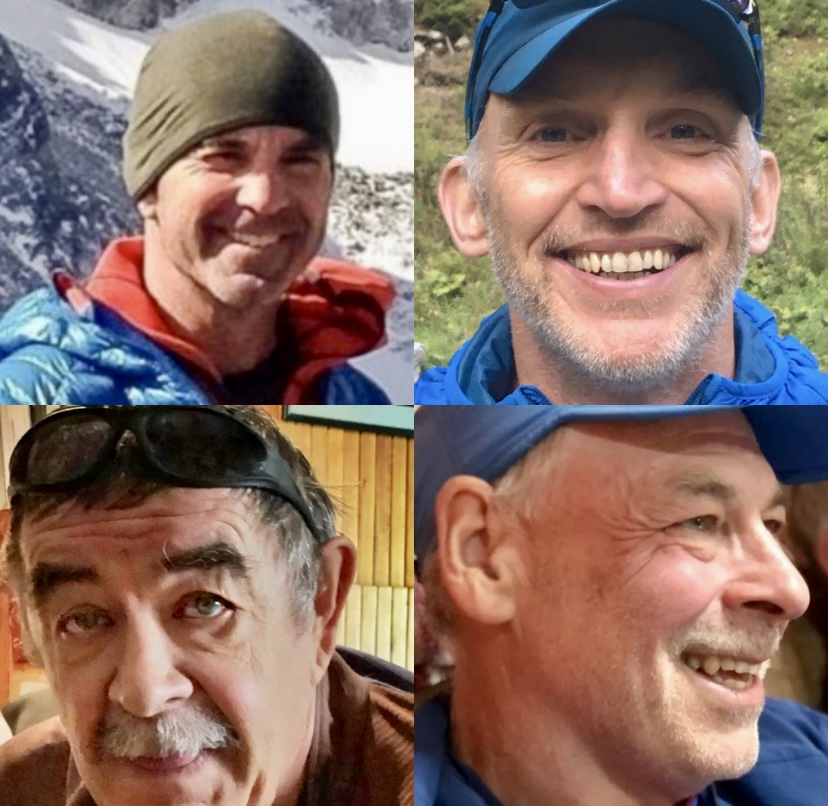
The four main members, Dave Wade, Stephen Taylor, Vladimir Komissarov, Jeremy Windsor. Photo: Wade/Taylor/Komissarov/Windsor
Pik Lenin
Known in Kyrgyzstan as Pik Lenin and in Tajikistan as Ibn Sina Peak, it lies in Gorno-Badakhshan on the Kyrgyz-Tajik border. Hundreds of mountaineers go there every year from all over the world, especially in July-August. Most ascend it from the Kyrgyz side. It is one of the mountains required for the Snow Leopard Award.
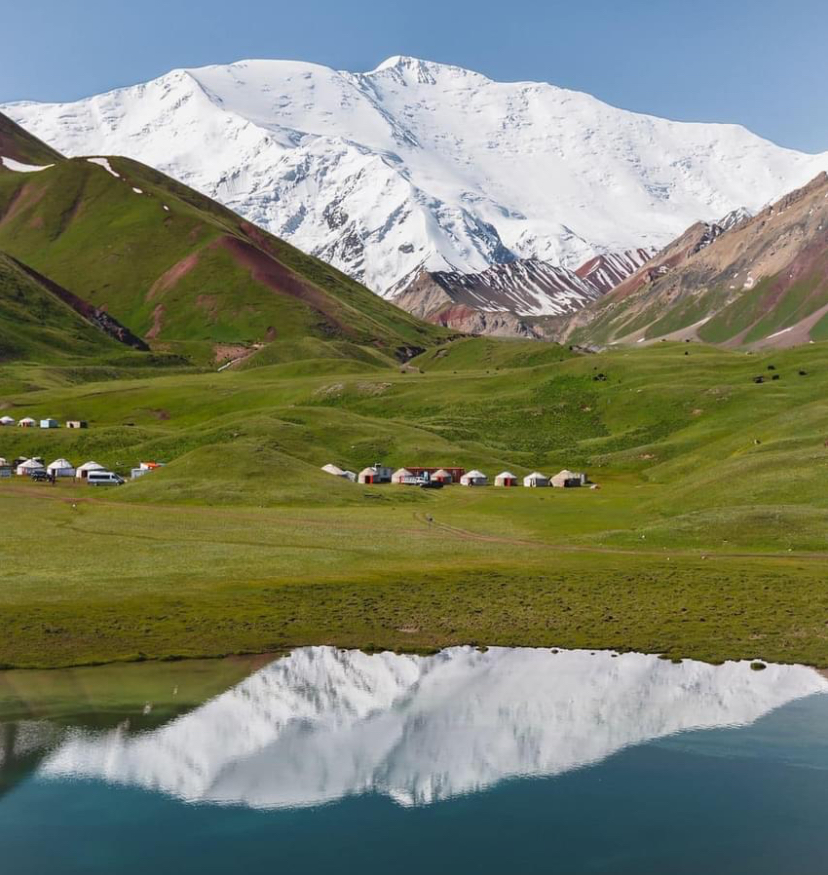
Pik Lenin Peak and its bucolic foothills. Photo: Vnature Travel and Tourism Kyrgyzstan/Facebook
Project aim
Although it’s considered the world’s easiest and most visited 7,000m peak, Pik Lenin features harsh and changeable weather and has a success rate of less than 25%. Every summer, about 15 serious incidents occur. Around one-third of these are fatal, according to the Slava Topol Project.
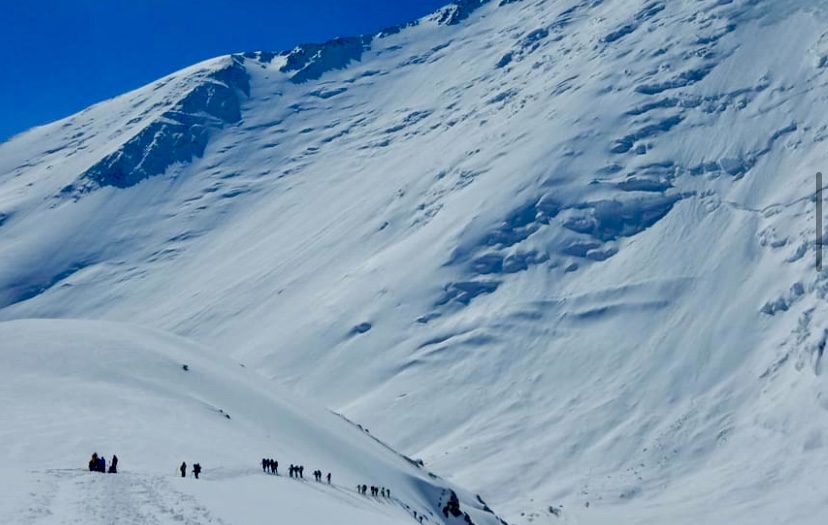
Climbers on Lenin Peak. Photo: UIAA
The foundation plans to establish two camps on the mountain for medical and rescue personnel and their equipment. From here, they can give timely assistance to imperiled climbers. They will also provide education about roped travel and conservative itineraries in order to reduce the crevasse falls and altitude sickness typical on this mountain.
They will also help maintain anchors, fixed ropes, and ladders and train local mountaineers to build a sustainable and locally operated rescue operation.
The Slava Topol Project has wide institutional support but it is also open for individual donation. You can read more on the Mountain Medicine blog here.
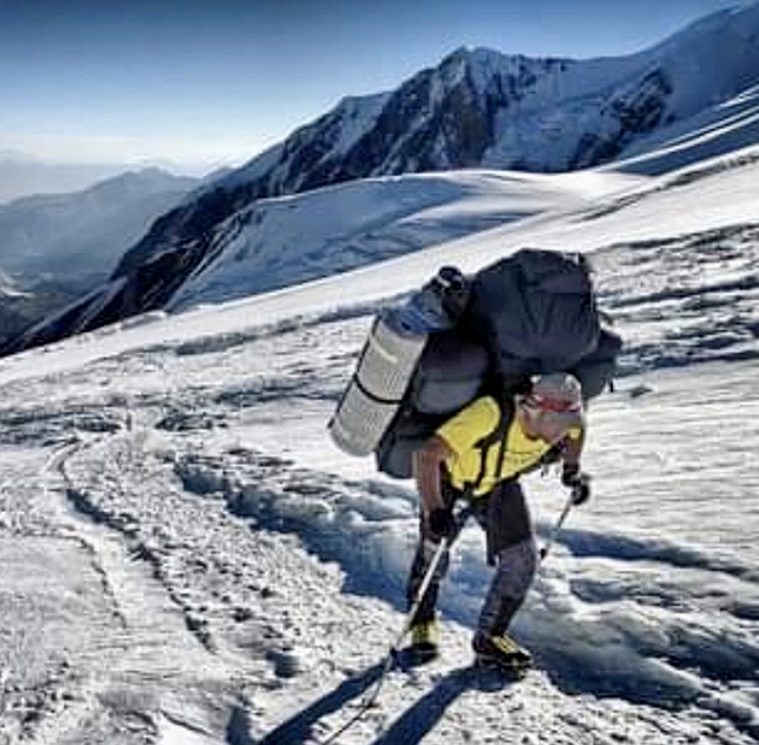
The late Slava Topol humping a monster pack. Photo: Facebook
Major accidents on Pik Lenin
Pik Lenin Peak has been the scene of two major mountaineering dramas. In July-August 1974, eight women were attempting to make the first all-female ascent. They summited on Aug. 7, despite warnings from base camp of an approaching storm.
Below the summit, the storm hit them. They sheltered in their tents, but the wind blew them down. One by one, the women perished from exposure. They did not want to abandon each other, and all eight stayed together until their last breath.

The eight women who died on Pik Lenin in 1974. Photo: CNN
A second tragedy took place on July 13, 1990, when an avalanche triggered by a 6.4 earthquake killed 43 climbers from several countries. At the time, they were at Camp 2 at 5,300m.
According to the two injured survivors, some of the climbers were still alive after the avalanche buried them. Unfortunately, rescue attempts failed when the snow hardened as it settled. Of the 43 victims, only one body was later recovered. Not until 2008 did glacial melt yield some human remains.
Every year, there are also smaller incidents. A few years ago, for example, a group of mountaineers rescued an unconscious climber from another team. She had been left alone in critical condition, suffering from pulmonary edema.
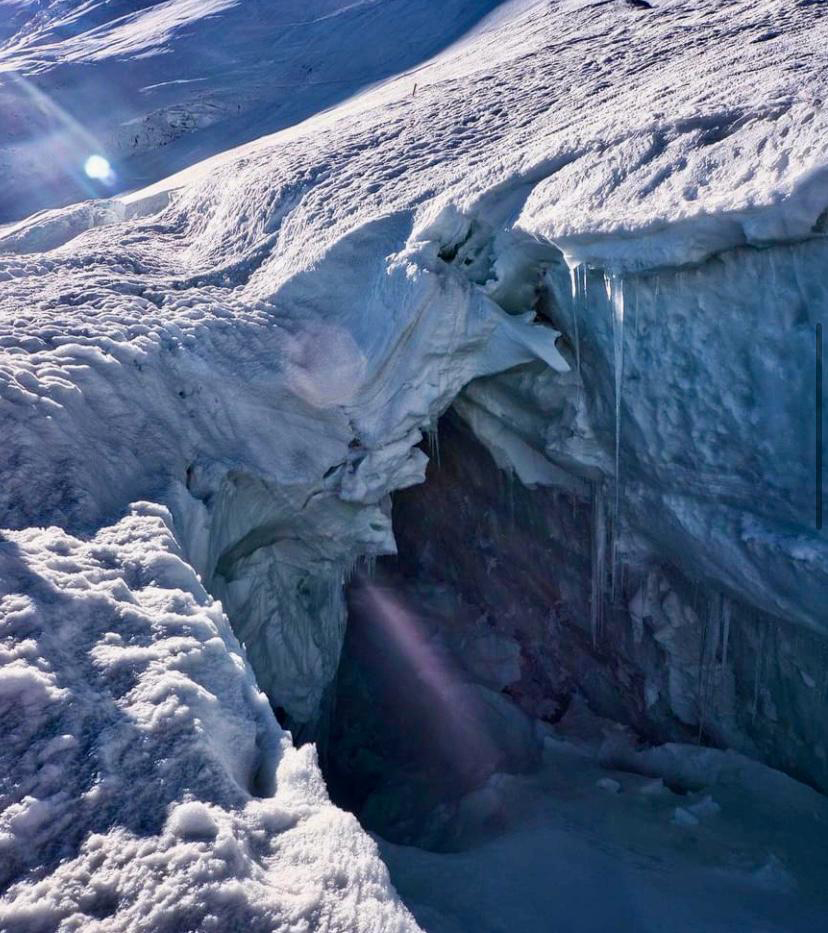
A massive crevasse on Pik Lenin. Photo: @marius_mountaineering/Facebook

